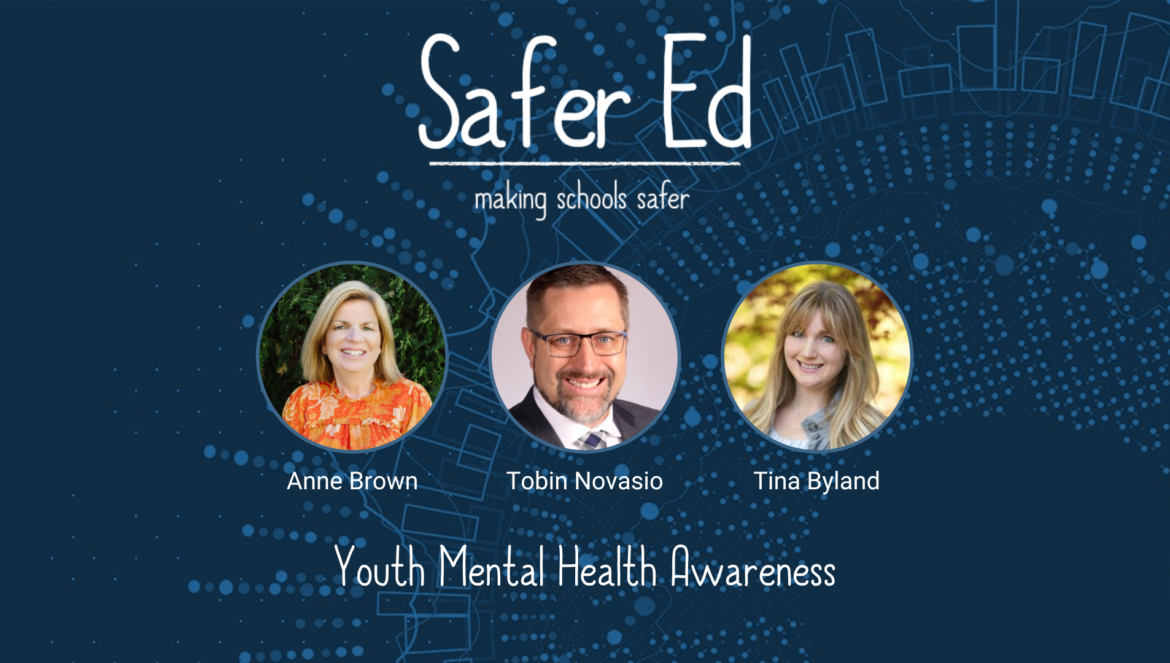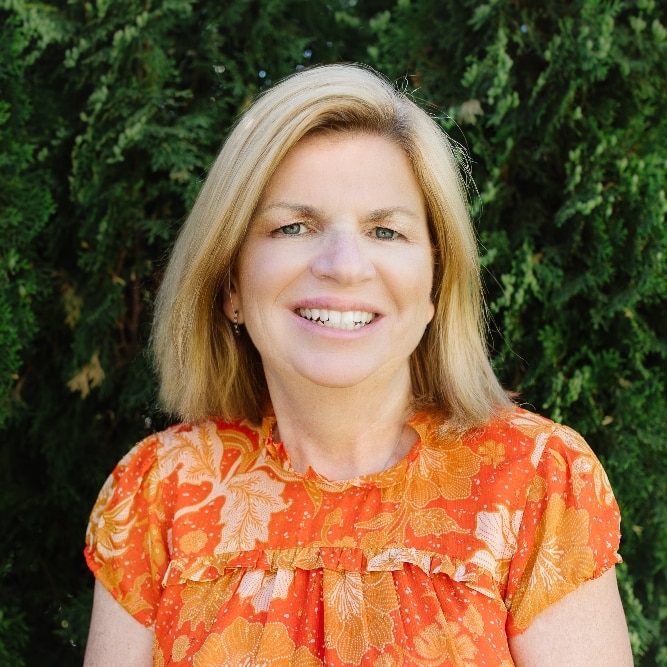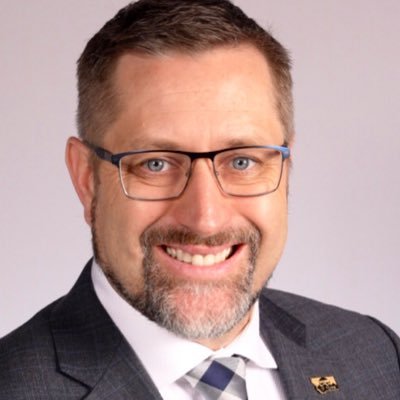Table of Contents
For this episode, special guests Anne Brown and Tobin Novasio join edCircuit host Tina Byland to discuss youth mental health awareness.
This episode explores how schools and outside organizations can support students’ mental health inside and outside of the school.
Multi-Tiered Systems of Support for Youth Mental Health
The conversation begins by defining youth mental health and its impact on students’ learning and development. Within the school, Tobin points out the role the school plays in being a regulatory and supportive environment for students to go. A particular aspect of that is recognizing students’ needs and providing them with the social and emotional tools they need to be healthy and productive.
Outside of school, it is important to recognize that mental health is health. As Anne points out, students need access to the same care for mental health as they do for their physical health. Overall it takes a multi-tiered approach to address student mental health inside and outside of the school.
Throughout the episode, Tobin and Anne explore the importance of a multi-tiered system of support. This includes many factors, such as:
- Identifying students who may be struggling with mental health challenges
- Removing barriers to mental health care
- Giving students the level of attention they need dependent on their individual needs
- Diverting resources to parents to ensure they have access to resources to address mental health
Anne discusses how parents play a vital role in multitiered support systems, primarily utilizing the resources available to them. For school districts that work with the Cook Center, they provide online resources that parents can access privately, on demand, in their homes.
Many parents will turn to a mental health provider for additional support, such as a therapist, psychologist, or psychiatrist, which are essential. However, the use of coaches to educate parents on best practices and strategies is also needed to train parents to be the first line of support.
Learning Disadvantages of Mental Health Struggles
There is no doubt that mental health crisis intervention supports student learning. Tobin and Anne both explore how students with unaddressed mental health struggles often fall behind their full potential academically.
Stress impacts our ability to access information, recall instruction, and develop knowledge of new topics. Therefore, multi-tiered support systems are also learning enhancement programs. These programs, like social emotional learning, give students tactile skills they can use to become better students and thrive in and out of the classroom.
Eliminating the Stigma of Needing Support
In the second part of the episode, the trio focuses on eliminating the stigma of mental health. One interesting aspect of this is the correlation between teacher mental health and student mental health challenges. As Tobin discovered, increasing awareness and support for teachers can be difficult. In many ways, there is still a stigma attached to mental health struggles, and with increasing burnout, teachers need resources.
Diverting resources to appreciate and support teachers is essential. The hope of many K12 leaders is that when schools increase their investment in student mental health, the conversation will open doors and reduce stigma concerning staff and teacher mental health.
Identifying Students Who Need Mental Health Support
The episode ends with a discussion on creating environments and cultures of support. To build these supportive cultures, Anne and Tobin explore a few valuable resources:
-
- Hope squads – peer-to-peer mental health networks that meet regularly to increase mental health awareness and success across the school district.
- Building relationships with the community – in many ways, it takes a community to combat the stigma on mental health and ensure that resources are effective. In building relationships across the community, you can ensure that no student struggle goes unnoticed.
- Creating a culture and environment of support – through training, allocation of resources, and strategic partnerships, school districts can invest in their students’ successful and healthy futures.
This conversation shows how essential it is to establish mental health resources for students. On the other hand, it is also imperative that you communicate and make those resources easily accessible to student support networks. Learn more about the participants below.
Stay connected with edCircuit, and subscribe today.





